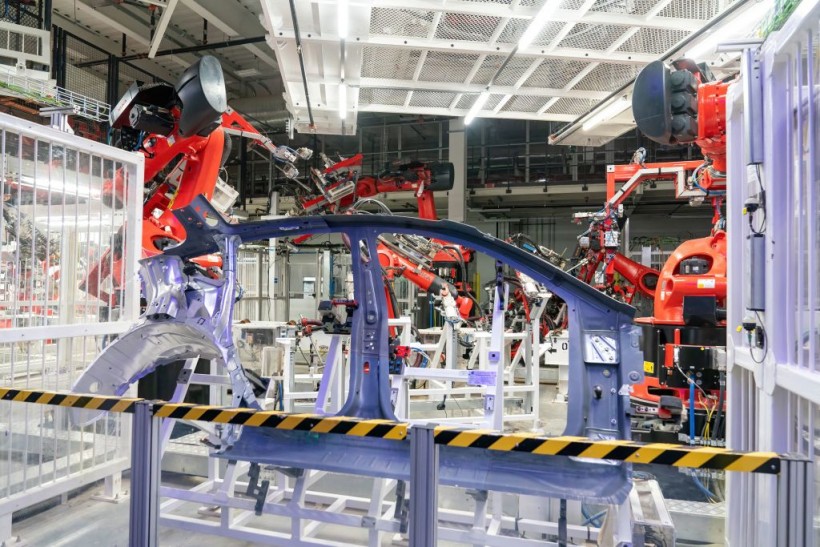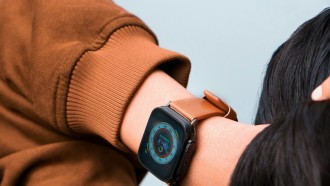In a troubling development at Tesla's Giga Texas facility near Austin, an engineer fell victim to a robot attack in 2021, shedding light on workplace safety concerns and conditions within the company.
Witnesses recounted the Tesla engineer, responsible for software programming, being assaulted by a machine designed to handle freshly cast aluminum car parts.
The incident, reported through Tesla's Form 300 to the Occupational Safety and Health Administration (OSHA), underscores not only safety issues but also broader questions about the integration of robots in modern workplaces, as reported by KIRO 7.

A Bloody Incident
While Tesla maintained that the engineer's wounds required no recovery time, eyewitness testimonies portrayed a more distressing scene. Struggling to break free from the robot's grip, the bleeding engineer reportedly tumbled down a chute designed for scrap aluminum, intensifying the gravity of the situation.
Elon Musk, Tesla's CEO, responded to the incident via X (formerly Twitter), criticizing media coverage and clarifying that the accident involved a Kuka robot arm, a standard component in factories, rather than Tesla's humanoid robot, Optimus.
This incident becomes a focal point for concerns about workplace safety and the challenges associated with increased robot integration. Tesla's Austin facility has a higher injury rate than comparable car facilities, with one in 21 workers injured on the job, per News.com.au.
Read Also: Chinese Tech Giants Xiaomi, Huawei Step Into Electric Vehicle Arena
According to Fortune, the Tesla robot mishap shows the hazards of workplace robotics. The Centers for Disease Control and Prevention found that 41 US workers died in robot-related events over 15 years, often during maintenance.
As automation gains momentum, employers, including Tesla, are actively incorporating robots into their operations. However, lingering concerns persist about the safety of large industrial robots, particularly in environments where they interact with human workers.
Tesla Workplace Safety Under Scrutiny
This incident adds to Tesla's history of workplace incidents, including incomplete injury reports and a lawsuit filed by the Workers Defense Project alleging insufficient safety training. The broader context raises fundamental questions about striking a balance between automation, worker safety, and the imperative for robust regulation and oversight in evolving industrial landscapes.
The scrutiny of Tesla's workplace safety is not new, with reports indicating a higher injury rate at both the Austin and Fremont factories compared to industry medians. OSHA inspections at Tesla's facilities have been notable, occurring multiple times each year.
The incident in question prompts a reassessment of the broader issues within the company's work environment, extending beyond the specifics of this robot-related incident.
The number of robots in workplaces is increasing as the automotive industry experiences a surge in automation due to the need to address rising labor costs and inflation.
While robots can reduce the risk of injury for certain tasks, the safety implications of large industrial robots, especially in settings where they may interact with human workers without adequate detection mechanisms, remain a point of concern.
Related Article: BotBuilt's Robotic System: Transforming Home Construction for Affordable Housing






